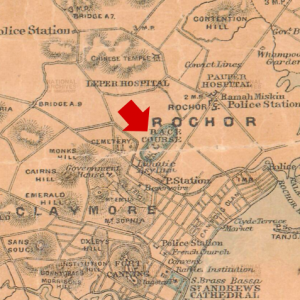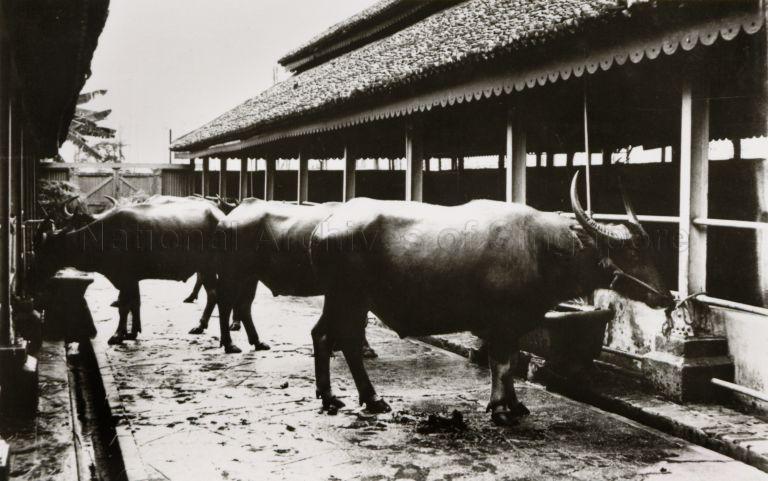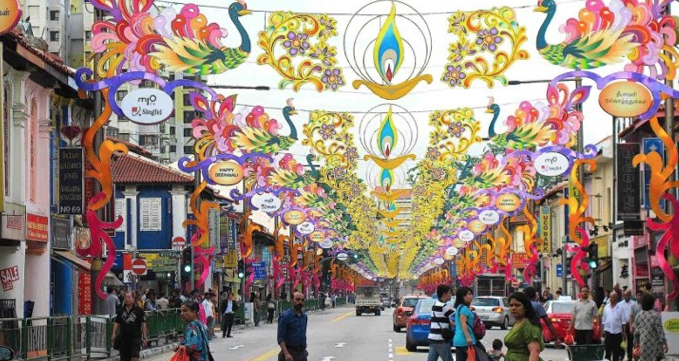With Deepavali festivities in the air, Little India is buzzing.
We know that Little India is to Singapore’s South Asian community what Chinatown and Kampong Glam are to the Chinese and Malay communities. Most of us would also know that the area is known for its eateries, jewellers and shopping.
However, there is more to Little India than Mustafa Centre.
Gazetted as a conservation area in 1989, Little India is a district filled with history.
Here are some facts about the area that may blow your mind, as you soak up the festivities this weekend.
Little India was not planned as a town for the Indian community
Unlike Chinatown and Kampong Glam, Little India was not planned by the British to be a settlement for the Indian community. In fact, from the mid-1800s, Little India was a residential area for Europeans.
Many of the present day roads in Little India still bear the names of the Europeans who once resided there. These roads include Dunlop Street, Cuff Street, Dickson Road, and Clive Street.
[caption id="" align="aligncenter" width="800"]
There was once a race course near Little India
One major reason why Europeans favoured living in the area was due to the presence of a horse-racing course nearby. The race course was a focal point for the Europeans. It allowed them to flaunt their wealth and indulge in days out at the races.
The old race course, which was located at Farrer Park Road, gave present day Race Course Road its name.
 Old Race Course. Photo adapted from nas.gov.sg
Old Race Course. Photo adapted from nas.gov.sg
Born from the cattle trade
At around the same time in the mid-1800s when Little India was popular among Europeans, the cattle trade began to boom in the area. It was the proximity to the Serangoon River that made the area ideal for cattle traders.
Those involved in the cattle trade were predominantly of Indian origin.
Over time, the cattle trade gave rise to related economic activities and attracted more Indian workers to live and work in the area.
Present day Buffalo Road and Kerbau (Malay for “buffalo”) Road serve as reminders of the cattle trade in the Little India area.
References to this trade in Little India is also reflected in the nearby KK Women’s and Childrens hospital, whereby “KK” stands for “Kadang Kerbau”, which means “buffalo shed”.
[caption id="" align="aligncenter" width="768"] Photo from nas.gov.sg[/caption]
Photo from nas.gov.sg[/caption]
Serangoon Road is one of Singapore’s oldest roads
Little India’s main thoroughfare, Serangoon Road, is one of the oldest roads in Singapore.
In the 1800s, the road was constructed to link the settlements in town to Serangoon Harbour in the northeast of Singapore. An 1828 town plan of Singapore, Serangoon Road was marked out as “The Road Leading Across the Island”.
[caption id="" align="aligncenter" width="679"] Photo from here[/caption]
Photo from here[/caption]
The meaning of “Tekka”
Little India is also commonly known as the Tekka area, due to the popularity of Tekka market.
So, what does “Tekka” mean?
[caption id="" align="aligncenter" width="659"] Photo from Wikipedia[/caption]
In the past, bamboo plants grew on the nearby Rochor Canal’s banks. The original market that was built in 1915 near the bamboo plants was referred to as “Tek Kia Kha”, meaning “at the foot of the small bamboo plants”. Later on, the reference was adapted and shortened to “Tekka”, which means “at the foot of bamboo plants”.
The popularity of the original Tekka market, which was situated opposite its present day incarnation, grew to be synonymous with Little India through the years.
Related Articles:
There is more to Dhoby Ghaut than just shopping, it has a funny name
Here’s why SGH, the oldest hospital in Singapore, is called ‘sipai-po’
Ever wonder why Choa Chu Kang is called Choa Chu Kang?
Top photo from Wikimedia
If you like what you read, follow us on Facebook and Twitter to get the latest updates.
If you like what you read, follow us on Facebook, Instagram, Twitter and Telegram to get the latest updates.
